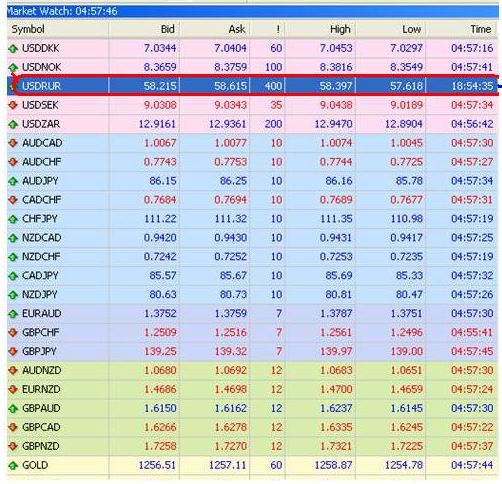Feb 5 2020 10:56
Hi Kevin,
to make it simple, you can display all currencies on Marketwatch. Point the mouse right-click, then click Show, and click Time. If in the market watch view the time is the same, it means that the currency is being traded following the session. If there is a different time, it means that the currency is not being traded in that session. The broker itself usually gives announcements related to currencies/instruments traded at certain sessions/hours. For example, USD RUR is not being traded. USD RUR will be trading at 06:54 PM.

Every session, there is a currency that looks fluctuating, because the currency is dominated by the session along with the news released at that time. However, other currencies are still moving, even though the pressure from buyers and sellers is small. Thanks.
Feb 7 2020 11:03
Yes, right. All major currency pairs are still traded at each trading session. the different is just about the volume trading. In the European (London) session, the EUR and GBP pairs are actively traded or the trading volume is high because large traders, especially large banks and financial institutions, are active.
When the European market closes, the major banks and financial institutions in the region are closed or inactive so that the trading volume for EUR and GBP decreases, but is still traded on the New York, New Zealand, Australia, and Asian markets. Likewise, when the Asian market began to open, the JPY began to be actively traded, which was marked by an increase in the trading volume of the existing JPY currency pair.
Feb 11 2020 11:04
Dear Daniel and Anya,
thank you for the answers. Very helpful.

